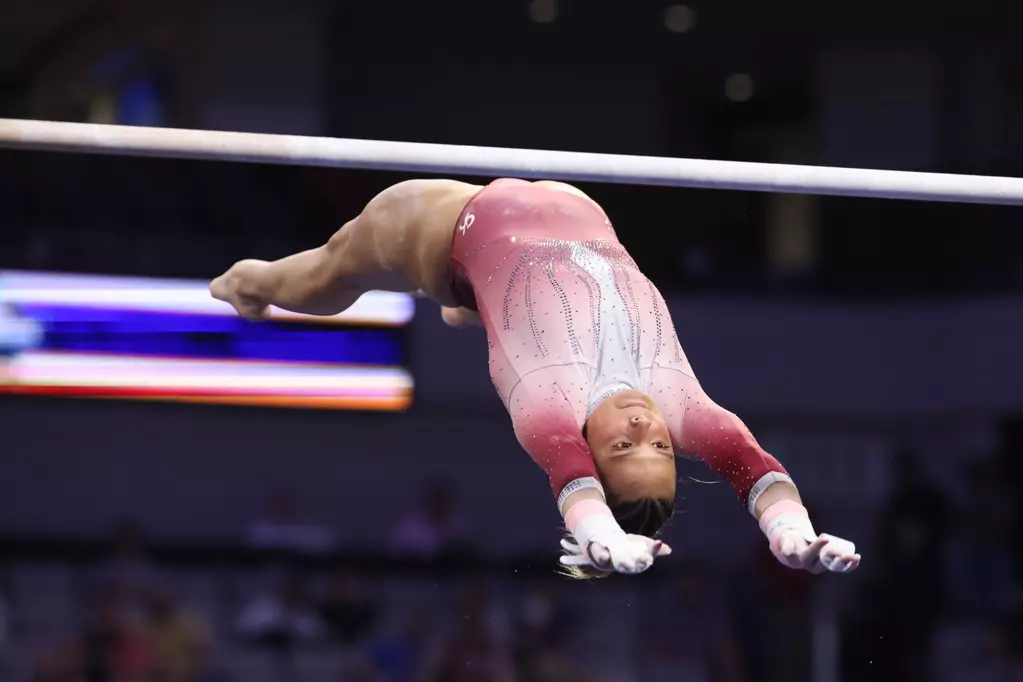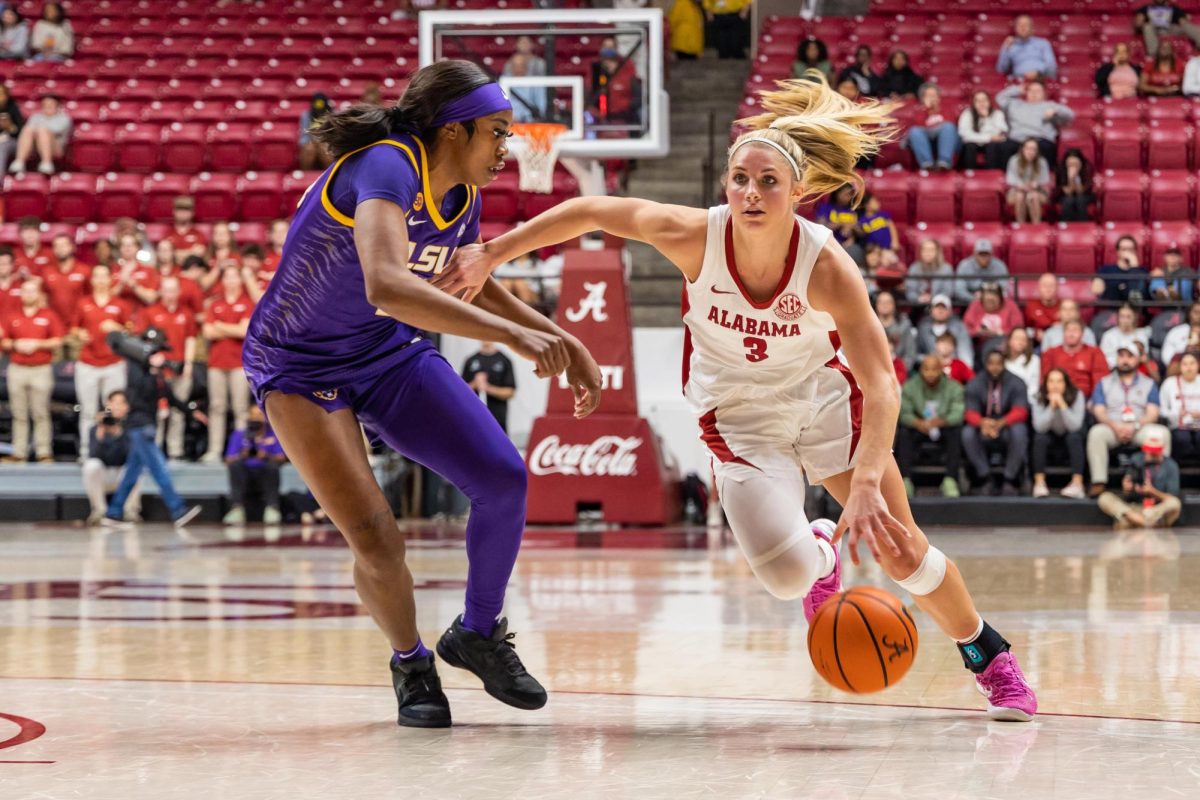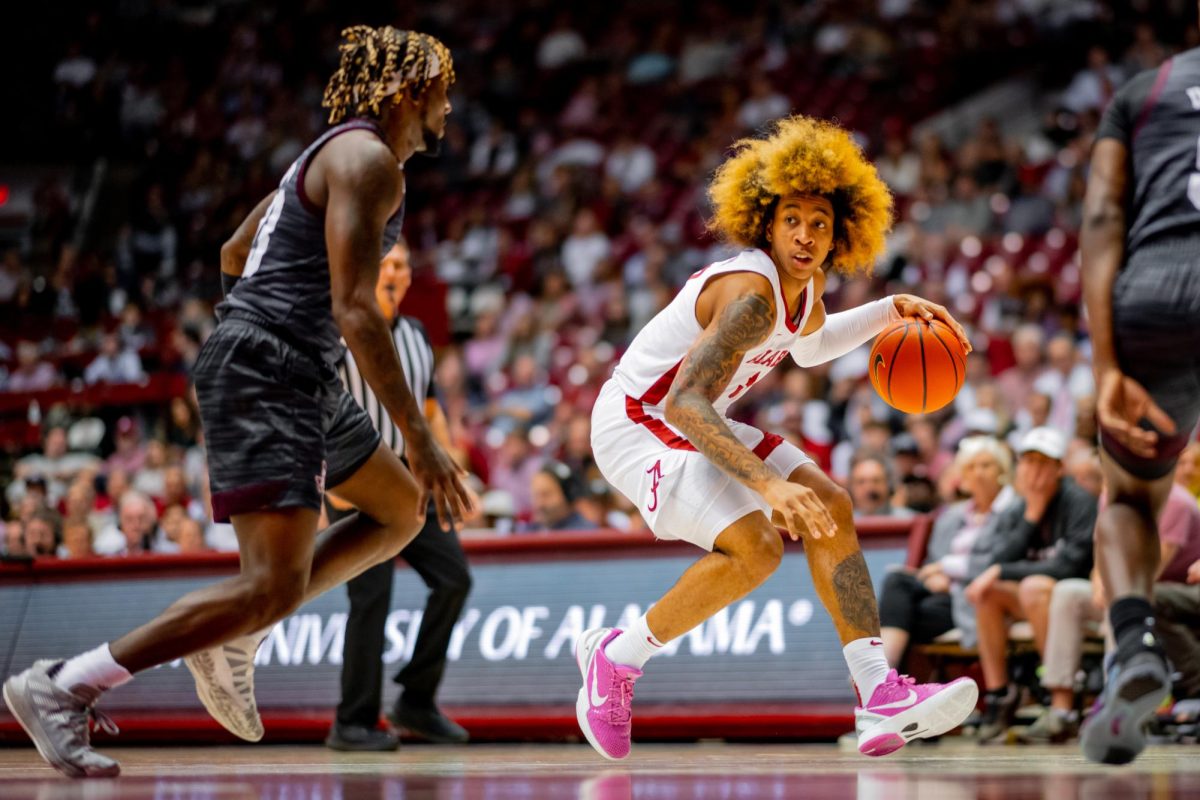At this point in the 2013 season, there are 170 players on the injured reserve list in the NFL, 38 more than last season. Some would point out that the increased push for player safety, as general as that may sound, is counter-productive in that area. The actual issue, however, is much more complicated and may not even have a real answer.
The recent Heads Up partnership the NFL has forged with USA Football focuses on a different manner of tackling, in which the defender simply keeps his or her head up, not lowering the helmet and launching into the ball carrier. The program, geared at the next generation of football players, is largely a reflection of the NFL brass’ stance on concussions: Avoid them at all costs.
NFL players have been fined stiffly and even suspended for helmet-to-helmet hits. As a result, many defenders have begun tackling lower on the body – perhaps even too low.
This was particularly evident in the case of Houston Texans safety D.J. Swearinger’s tackle on Miami Dolphins tight end Dustin Keller. When Swearinger tried to wrap up Keller low on a pass attempt, Keller’s knee absorbed the brunt of the blow from Swearinger. Keller suffered a dislocated knee, which can be a career-ending injury.
After the game, Swearinger admitted he went low because he feared he would be fined or suspended had he attacked Keller any higher. Many defensive players are following this same trend, which can be seen in the sheer amount of players on injured reserve with leg injuries.
Another reason for the increased number of injured athletes is that teams are simply being more cautious with players’ ailments. This is another reflection of the league’s policy on safety. Owners are more likely now to take a star player out for one game than risk a more serious injury by playing the athlete.
Still, a more timely reason might be the cause. On Aug. 29, the NFL reached a $765 million dollar settlement with 4,500 plaintiffs over concussion lawsuits. Say what you will about the apparent nature of the game, but if the players were misled about head injuries and thus struggling to live normal lives, compensation is entirely justified. The NFL knows it can’t shell out that kind of cash forever, so it is likely putting pressure on owners across the league to be extra careful when dealing with players’ injuries.
Plus, it’s just bad publicity when the most powerful sports league in the nation settles for that much money.
The increased number of NFL players on IR has no definitive explanation. It likely has much to do with the changing landscape of player safety, however, and will continue to fluctuate as the league continues its investigation into such matters.








